2018 GMC Sierra Denali 1500 First Drive - Trucking Around Out West

TTAC recently spent some time out in rural Utah, where GMC was keen to show off the 2018 Sierra Denali’s capabilities in both towing and everyday driving. Does the soon-to-be-replaced luxury pickup have what it takes to get the job done?
That depends on the options boxes, and which ones have been checked.
(Full disclosure: GMC flew me to St. George, Utah and paid for hotel accommodation and meals. They also provided ATVs for riding in the sand dunes, and paid for entry into Zion National Park. I was also offered a Nike GMC baseball cap which I didn’t take, and some off-roading goggles which I did.)
Ace of Base
Perhaps surprisingly, GMC’s lineup of Denali testers were not all loaded to the max. In fact, only two of the six test vehicles had the big 6.2-liter V8 in them, while the rest made do with the base 5.3-liter engine. I know how the B&B just hates when testing is of the high-zoot nature, so it was just fine when I was assigned the 5.3-equipped White Frost Tricoat Denali. No huge wheels, no Ultimate Package, no rear entertainment, no automatic step. Matthew Guy would be most pleased. The four-wheel drive tester’s only options were the metallic white paint ($995), sunroof ($995), and the trailer controller ($275). The destination charge of $1,295 brought this vehicle’s total price to $59,560. Let’s get going.
Towing
GMC says 70 percent of Sierra 1500 owners tow with their truck, and 40 percent of them do it more than once a month. The automaker loaded up two Polaris RZR side-by-sides on the back of each truck, explained how to tow things without crashing, and sent us on our way to the Coral Pink Sand Dunes State Park.
On the road with between 5,000 and 6,000 pounds on the back, all testers were well within the Denali’s 9,100-pound tow rating. Though the trailer controller option was present, our trailer did not have brakes. Slowing for stops in a controlled and constant way wasn’t a problem, but having that sort of length behind the truck takes some getting used to (first-time tower, here).
[Get new and used GMC Sierra Denali pricing here!]
The 5.3-liter engine has been in the GMTs for generations now, and in present state has 355 horsepower and 383 lb-ft of torque, sent to an eight-speed automatic. For lower speeds around town, the additional weight behind didn’t pose a problem. But on any incline or highway situation, I found myself wishing for more power. A foot hard down was required on an entrance ramp with a moderate incline. In that moment, the thought of having the 6.2 in front of me was most appealing. Once up to speed, the rig felt stable and confident between the painted lines, even if the driver wasn’t. Lane keep assist will nudge the wheel in the correct direction if you go astray, but it’s not too invasive and can be switched off via a switch on the dash.
We made it to the dunes without incident, but I can’t see any serious towing owner selecting the 5.3 for regular hauling. Spend the ~$2,000 for the 6.2 and enjoy your Towing Stuff Lifestyle and a higher resale value down the road.
Looking Around
The blocky, masculine looks of the Sierra Denali is a familiar sight on roads by now, and that hasn’t changed for the 2018 model year. New paint colors (silver and red) coat the squared-off fenders and straight lines. The pearled white paint made for a clean look (it’s the most expensive paint color), and is a shade GM has done well with across brands. Paint finish seemed good, with little to no visible orange peel.
HiD lamps light the way up front, and Altezza-style LED lights accompany the rear. Dropping the dampened tailgate to the short box reveals the standard spray-in bed liner. Our tester had polished 20-inch wheels, since those are the ones that don’t cost extra. The door handles feel solid, and pull with a reassuring action. Shutting the door from either side of it produces a nice, low thud. And now we’re indoors.
Inside
The tester was equipped with the black leather interior option, though light brown “cocoa” leather is also available at no extra charge (would’ve been nice). Analog speedo and rev counters flank the instrument cluster’s center screen to display all the necessary information, which gets slightly reconfigured in tow mode to include a transmission temp gauge. I never wanted for more information in the Denali. On the tech front, navigation is standard and so are Android Auto and Apple CarPlay. There are also outlets of USB and regular variety, as well as wireless charging in the center console.
Buttons are where you’d expect, apart from the pedal adjustment in the center stack. It used to be on the door with the seat memory controls, which seems a more appropriate place. Everything you need is within reach and labeled in an understandable way. I found the seats comfortable and supportive, and both driver and passenger have many adjustments. Heat and ventilation arrive under your backside, though I wished for stronger ventilation. It wasn’t that hot, and not that sunny, and still the seat just felt room temperature — never cool.
Materials in the cabin are varied and don’t all seem cut to the same standard. The leather on the seats is soft and perforated, and the thickly padded dash has a stitched leather appearance. But the graphite-color trim around the vents is hard plastic, and the soft touch door panels at the front don’t extend to the rear — hard plastic back there.
Though my elbow rested on a nicely padded rest in the door, when my hand grabbed for the interior handle it found two roughly cut pieces of plastic, a seam against the back of my fingers. Some similar roughness was on the edge of the door and cargo pocket areas. There is wood trim along the console, but it’s quite artificial, and a bit too glossy. I expect real wood in this class, or at least some faux-matte open pore look stuff. Time to retreat to the back seats.
Leg room back there is much better than older GMT generations, and I had several knee inches to spare with my 6 foot and 32″ inseam measurements. The rear seats are a bit too flat, too upright, and do not recline at all. Thigh support is on the short side, and after a couple of hours back there it got a bit uncomfortable. And hot, because there are no rear air vents. I sat and stared at the blank rear of the center console, where there were no vents, temperature controls, or heated seat buttons — all things I expected on a $60,000 truck. I did use the fold-out center armrest, which was located a bit too high. It also had two cup holders in it, which meant there was little padded room for any limbs to rest.
Not Towing
Before sitting in the back, I spent a few hours driving up front, and this time there wasn’t a trailer. The 5.3-liter that’s been at GM for so long has been refined and honed over the generations, and its present NVH is laudable. Idling, it’s a whisper, and nothing is felt through the cabin. Once let loose from its trailer duties, the 5.3 Denali behaved in a much more appealing way. Acceleration was just fine if you pressed the pedal a bit, accompanied by a quiet engine grumble. Shifts from the 8AT were smooth, though I did notice a tendency to upshift a bit sooner than I’d prefer in highway circumstances, especially at slight grades. Unless the paddles are used (they’re there), it forces a stab of the throttle to initiate a kick-down of a couple of gears.
All Sierra Denalis come with GM’s Magnetic Ride Control suspension as standard, and it works. The ride felt controlled through twisty and sometimes narrow roads within Zion National Park, and the truck didn’t bound or ride harshly over the occasional cattle grates. Some of this should be credited to the taller sidewall present on the 20-inch wheels, as those chrome 22-inchers are going to punish when the going gets rough. At speed, wind and tire noise was minimal. Anyone who’s been in a truck of even 10 years ago would notice a marked difference in the amount of isolation here. Steering on the leather-stitched wheel was fairly light, and it was easy to place the truck where desired. As expected in this class, feedback from the wheel is suitably minimal.
Another unobtrusive feature was the cylinder deactivation. Under light loads and on flat grades, the 5.3 will switch off half the engine block and run as a V4. The only way this was perceptible was when the green “V4” logo came up on the dash. In fact, the engine had been running in 4-mode for probably two minutes before I noticed — completely seamless. And the deactivation needed to be there, because the trip computer reported that after 155 miles of mixed and fairly gentle driving (at an average speed of 37 miles per hour) fuel economy stood at 15 mpg. That’s at the low end of the EPA estimate of 15 city, 20 highway, and 17 combined.
Overall, there’s a case to be made for this Ace of Base Sierra Denali. Said case makes sense for someone who doesn’t tow regularly, likes the present Denali styling and standard features, and doesn’t see the need for the 6.2-liter engine or the whiz-bang features of the $6,775 Ultimate Package. It’s a comfort and luxury truck for the seldom-towed path.
Bonus picture of these bighorn sheep, six of which walked right up behind me as I was taking pictures of the Sierra.
[Images: Corey Lewis / The Truth About Cars]

Interested in lots of cars and their various historical contexts. Started writing articles for TTAC in late 2016, when my first posts were QOTDs. From there I started a few new series like Rare Rides, Buy/Drive/Burn, Abandoned History, and most recently Rare Rides Icons. Operating from a home base in Cincinnati, Ohio, a relative auto journalist dead zone. Many of my articles are prompted by something I'll see on social media that sparks my interest and causes me to research. Finding articles and information from the early days of the internet and beyond that covers the little details lost to time: trim packages, color and wheel choices, interior fabrics. Beyond those, I'm fascinated by automotive industry experiments, both failures and successes. Lately I've taken an interest in AI, and generating "what if" type images for car models long dead. Reincarnating a modern Toyota Paseo, Lincoln Mark IX, or Isuzu Trooper through a text prompt is fun. Fun to post them on Twitter too, and watch people overreact. To that end, the social media I use most is Twitter, @CoreyLewis86. I also contribute pieces for Forbes Wheels and Forbes Home.
More by Corey Lewis
Latest Car Reviews
Read moreLatest Product Reviews
Read moreRecent Comments
- Zelgadis Elantra NLine in Lava Orange. I will never buy a dirty dishwater car again. I need color in my life.
- Slavuta CX5 hands down. Only trunk space, where RAV4 is better.
- Kwik_Shift_Pro4X Oof 😣 for Tesla.https://www.naturalnews.com/2024-05-03-nhtsa-probes-tesla-recall-over-autopilot-concerns.html
- Slavuta Autonomous cars can be used by terrorists.
- W Conrad I'm not afraid of them, but they aren't needed for everyone or everywhere. Long haul and highway driving sure, but in the city, nope.



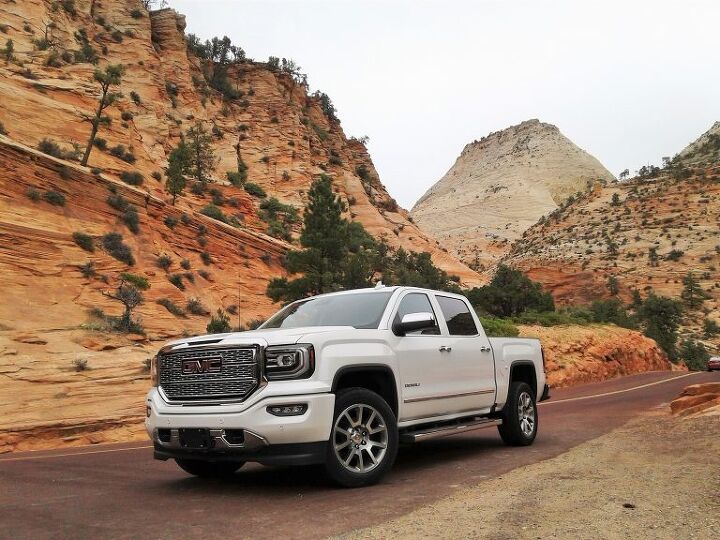


























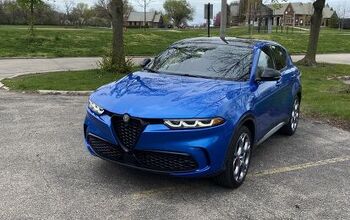
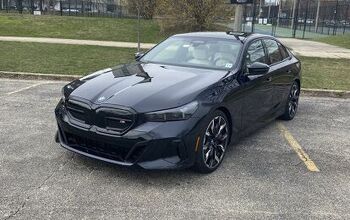
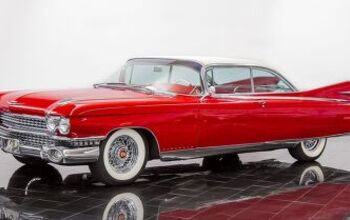
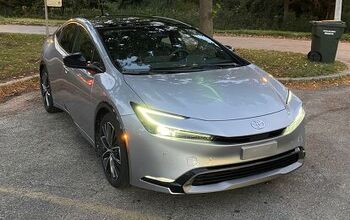
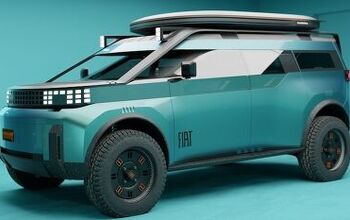
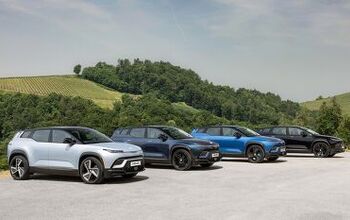
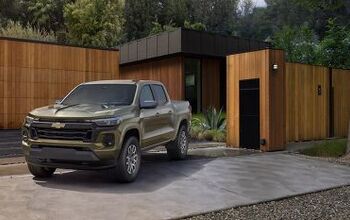
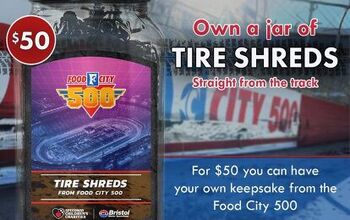
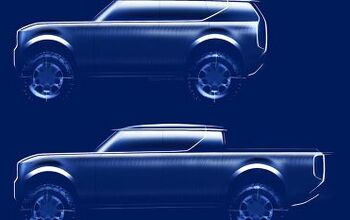

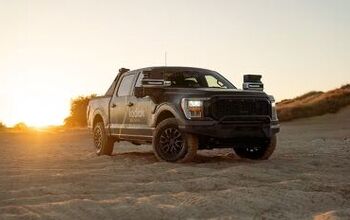
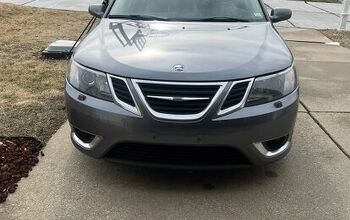
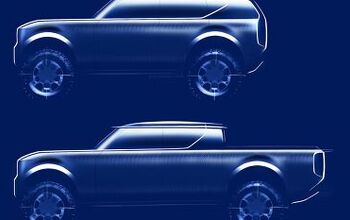
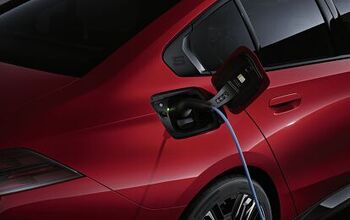
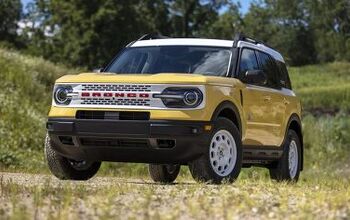
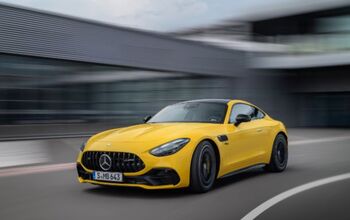
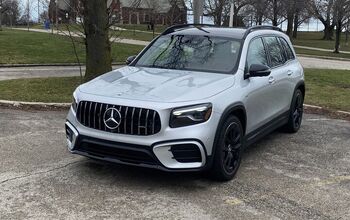
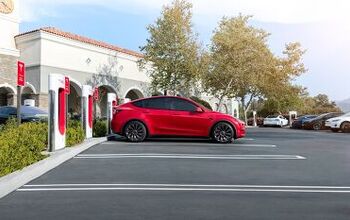
Comments
Join the conversation
As good as the Denali looks from the outside, the inside seems to have been reduced to second tier trim level. My former Longhorn Ram had a much nicer interior, real leather trim, real wood trim, and an overall upscale look compared to this truck. I recently purchased a new truck, and while looking, seriously considered the Denali. (I prefer the grill treatment and overall look of the GMC over the Chevy) However, the Denali interior left a lot to be desired when compared to my Longhorn Ram in terms of luxury and other appointments. I finally settled on my current Laramie when considering price and overall appointments. Plus, as smooth and economical as the Hemi was, I was looking for the smaller diesel and at the time, that was not offered in any GM model other than the Canyon/Colorado models, and the price for those were nearly the same as the sale price of the Laramie Ram. I am actually a bit disappointed in the Ram interior as well, since it was no where near the interior of the Longhorn. But, it was nicer than the Denali. In terms of ride, the high zoot shocks and suspension on the Denali did not seem that much different than my 4 WD Ram. Considering sale price for sale price, (about 10K overall) the Ram was a no brainer...but I still like the exterior looks of that Denali...
Having driven many GMC vehicles, I always have the same problem with all of them: the steering rack is too slow - even in the crossovers. Yes, I know, it's a "feature". They want the GMC's to feel like trucks. It's a brand thing. I swear though, if I ever buy a GMC vehicle again, I'm going to have the steering rack from the sister Chevy swapped in.